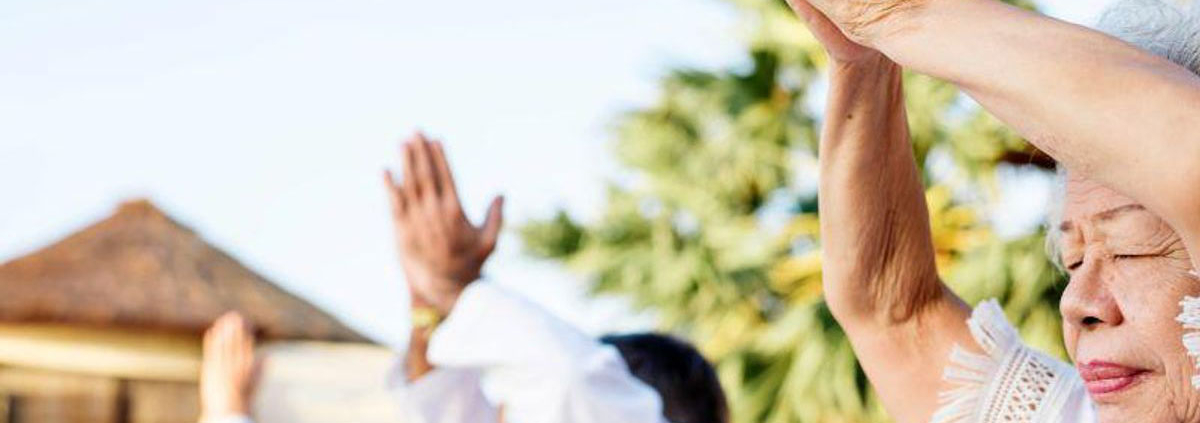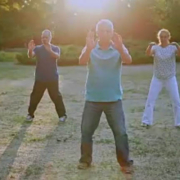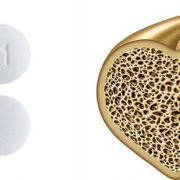Sitting Tai Chi exercises improved recovery outcomes for older stroke survivors
A study in China found that after three months of practicing a modified form of Tai Chi in which participants are seated, stroke survivors had improved hand and arm function, sitting balance, mental health and quality of life, compared to stroke survivors who participated in a standard stroke rehabilitation exercise program.
The study is the first randomized controlled trial to indicate practicing a seated form of Tai Chi early after a stroke enhanced health outcomes.
Stroke survivors who practiced a seated form of Tai Chi had equal or greater improvement in hand and arm strength, shoulder range of motion, balance control, symptoms of depression and activities of daily living after three months, compared to those who participated in a standard stroke rehabilitation exercise program, according to new research published today in Stroke, the peer-reviewed flagship journal of the American Stroke Association, a division of the American Heart Association.
The American Heart Association’s/American Stroke Association’s Guidelines for the Early Management of Patients with Acute Ischemic Stroke recommend people start stroke rehabilitation within seven days and continue for up to six months after a stroke. However, many survivors opt out of rehabilitation therapy because they lack physical stability or are unable to fully use their arms. The Association also notes in a Scientific Statement about Physical Activity and Exercise Recommendations for Stroke Survivors that flexibility and muscle strength training, including yoga and Tai Chi, are reported to be beneficial for stroke survivors in improving balance, quality of life and mental health, while reducing the fear of falling.
Tai Chi, a traditional Chinese martial art, consists of a series of slow, careful movements of the hands, arms, neck, legs and core combined with deep breathing. The novelty of this study is that researchers developed a sitting routine of Tai Chi exercises for people who had a recent ischemic stroke (blocked blood vessel to the brain) and experienced hand and arm weakness or partial paralysis.
Release date: 07 April 2022
Source: American Heart Association









